Introduction to Mochi
When it comes to traditional Japanese desserts, Mochi is always the answer. This traditional dessert is famous for “rice cake,†enjoy by locals in Japan for centuries. Mochi or Japanese rice cake is made by steaming granular glutinous rice processed as a dessert. It has long been famous as an indispensable event food for the New Year. Japanese can eat rice cake in various forms. In addition to the differences in shape and size, the ingredients used to pound glutinous rice and seasonings used to dip it are also use in traditional Japanese food such as “ZÅni or rice cake soup” and Western desserts.
Did you ever try or have mochi? Did you know that there are many different dishes from Mochi in Japan, not just as dessert but as a main dish? I will guide you through it all.
Etymology
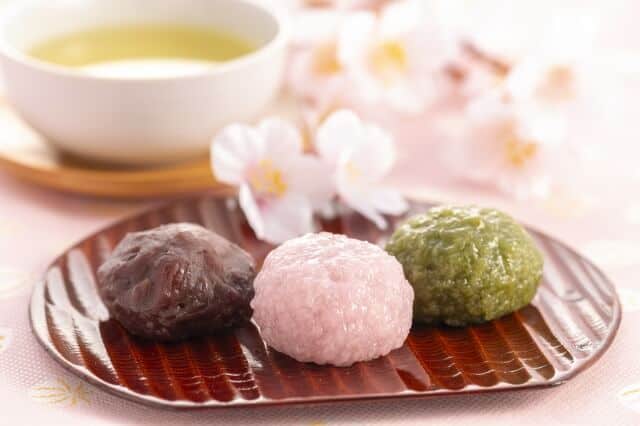
The old name was called “mochi (餅),” they applied the Chinese character (pin). In the Nara period, locals have read it as “Kusamochi”. In China, it refers to baked sweets made from wheat flour. Additionally, steamed glutinous rice is called “Martu” or “Two-par.” Ethnic minorities in southwestern China mainly eat it. Martu and mochi are believed to be etymologically related and are called rice cake in Taiwan and Okinawa.
What is Mochi?
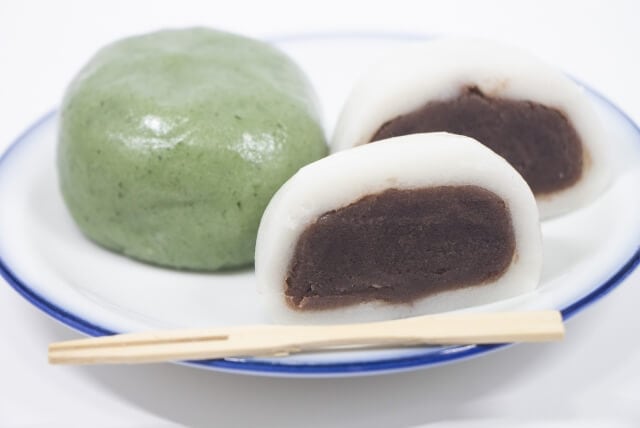
Mochi (餅), or Japanese rice cake, is made of mochigome (糯米), short-grain glutinous rice. The rice is first steamed and then pounded and mashed. They are cute round buns made of soft and chewy rice. Rice cake has long been famous as an indispensable event food for the New Year. Generally, Japanese can eat mochi in various forms. In Japan, locals traditionally make this in a ceremony called “mochitsuki”.
Grind glutinous rice soaked in water with water to make powder. They called this process wet milling. Today, most rice cakes with bean paste on the market use glutinous rice flour. Additionally, using mochi powder has become possible to make it quickly, with uniform quality, at any time.
History of Mochi

Since ancient times, there has been a belief in rice cultivation in Japan. Mochi was initially introduce from Southeast Asia to Japan, but the imperial court recommended it during the Heian period. It became an indispensable lucky charm for New Year’s and other events on Halle’s day.
Nara period rice cake
One of the legends that tell us that mochi has been a mysterious food since ancient times is a book that describes the origin of the hometown called “Bungo Kokudoki” compiled in the Nara period. Additionally, people who lived in Tano, a county in Kusu Hayami, in Bungo Province (present-day Oita Prefecture), grew rice fields. Therefore, they always make a giant rice cake with surplus rice.
Many locals thought that rice cakes were white, round and large, flat, and since ancient times in Japan, white rice cakes links with a mysterious spirit. Therefore, locals do not treat it poorly. Just as the legendary rice cake symbolizes the rice spirit, they respected it as food and a unique being in which God dwells.
Mochi from the Kofun period
In the latter half of the Kofun period, locals found a steamer made of earthenware. Some says that rice cake appeared at least during the Kofun period. There are regional differences in the spread of steamers, and in western Japan, steaming is more common than steaming, and they used steamed foods such as rice cakes at the time of hare. Consequently, in comparison to western Japan, eastern Japan was more steamed.
Mochi from the Kamakura period
There is a description of “three-colored rice cake” in the article of May 16, 1193, in the history book “Azuma Kagami” of the Kamakura Shogunate. There are three-colored rice cakes of black, red, and white, and in the Kamakura period, they make colored rice cakes other than white. Additionally, they placed a black rice cake on the left, a red rice cake on the inside, and a white rice cake on the right. They were eaten and layered at the end.
Mochi Recipe

Before we learn how to make mochi, we should understand the mochi recipes or how to make mochi at home also.
How to Make Mochi?
Mochi Ingredients
| Mochi (base) ingredient for 8 people | |
| Glutinous rice flour | 390g |
| Water | 240g |
| Katakuriko | 60g |
Soak the glutinous rice in water for at least 3 hours. Put the flooded glutinous rice in a colander and drain it for 30 minutes.
Wrap it in a steaming cloth in a steamer filled with plenty of water and steam it on high medium heat for 20 minutes.
Pour glutinous rice into a bowl, add 240g of water and let it absorb water. Return it to the steamer and steam for another 20 minutes.
Locals usually attach it with a kneader. It takes about 10 minutes. At first, they have to knead the glutinous rice with a pestle only so that the rice grains crumble and the whole becomes a mass. When it becomes smooth, you should put it on the potato starch.
The freshly made mochi from the above process is what locals knew as mochi base only. The mochi base will become another type of mochi depending on what ingredients you will add to it or even the process afterward. Firstly, the freshly made will then be pounded and then mold or shaped and dried.
In cool weather (0 C to 14 C), they hang the mochi outside to dry under sunlight and flattened the mochi afterward. That’s why they are called noshi mochi or kan mochi.
Different Mochi Dishes
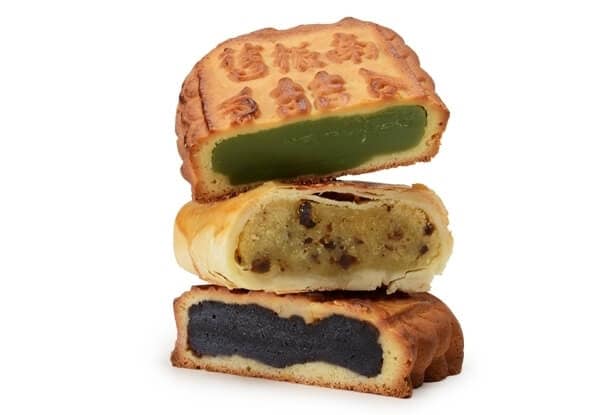
Locals and even tourists know that you can eat mochi as a dessert or snack, but do you also know that many Japanese dishes use mochi as their ingredient? These are Zoni chicken and Japanese mustard spinach, Sawa-boiled-style ozoni, fried rice cake ozoni, Chinese-style ozoni, Isobe Yakimochi, Abekawa mochi, and Karami mochi. Additionally, the locals call boiled rice cake soup, colored ozoni with salmon roe, cheese Isobe Mochi, fried rice cake, Shiruko, duck ozoni, Zoni with soy milk, and beef ozoni, and grated yakimochi.
Types of Mochi
The types of mochi differ according to their shape. Its shape generally has a square and a circle. Subsequently, locals categorize mochi depending on the region.
By Shape
Noshimochi
Noshimochi is the type of mochi that is stretch into a plate.
Kirimochi
It becomes Kirimochi when the Noshimochi is cut.
Namako Mochi
The one with the center cut and stretched into a semi-elliptical shape.
Maru Mochi
The one with a round shape.
Kagami mochi
It is an offering in New Year, and they will pile up large and small round rice cakes.
By material
Mamemochi
Made by adding black beans and soybeans to mochi.
Kuzumochi
A substitute for potatoes, such as starch.
Warabimochi
Uses sugar and the starch from warabi bracken.
Cycad rice cake
Uses cycad starch.
Grilled skin Sakura mochi (Chomeiji)
Add cold plum flour (processed glutinous rice) to wheat flour, sandwich the bean paste with a rice cracker baked on an iron plate, and wrap it in salted cherry leaves.
Mooncake
Chinese Mid-Autumn Festival sweets. The skin is flour.
Kuzumochi
Made by steaming lactic acid fermented wheat flour starch. Kanto region mainly eats this, while the Kuzumochi of Kansai is an arrowroot flour.
Snow cake
White Kinton made from Tsukune potatoes. Japanese sweets in winter.
Straw rice cake
After washing the straw with water, it is dried and milled into powder, and starchy flour such as rice flour, wheat flour, scrap powder, and bracken starch is added and mixed with water and steamed—initially a kind of rice cake substitute for famine.
Korai Mochi (Koremochi)
Red beans of Nerian the minced steamed to consolidate in the form. Local sweets from Kagoshima prefecture.
The shape is different on the east side, and the west side of Japan, and the boundary is around Sekigahara in Gifu prefecture. Kakumochi is common in prefectures east of Sekigahara, and on the other hand, round mochi is common in prefectures west of Sekigahara. Originally, Japanese rice cakes had a round shape. There are various theories about the origin of Kakumochi, but in the Edo period, locals created a method of cutting flatly stretched rice cakes, which became Kakumochi. Locals said that Kakumochi has gradually spread from Edo because it is convenient to transport.
Nutrients You Can Get on Eating Mochi

The ingredient glutinous rice that Japanese usually eat is sticky. It is about 77% starch-based carbohydrates, about 6% protein containing essential amino acids and other minerals and vitamins. On the other hand, a whole box contains as many calories as a bowl of rice and is excellent energy food efficient.
Recommended Shops that Sells Mochi
Gekko Mochi and Japanese Tea Cafe

It is a restaurant where you can eat handmade rice cakes that you can hardly see now because it is particular about how to pound them. By making it by hand, it is with a smooth and stretchy rice cake, and the glutinous rice is from Goshogawara, Aomori Prefecture, which is sweet and sent directly from farmers.
Additionally, they serve not only rice cakes but also tea in particular. The shop uses high-quality Kyoto matcha and Shizuoka bottomless steamed tea, and you will feel special about how to make tea and everything you offer, including teapots.
Umezono Asakusa
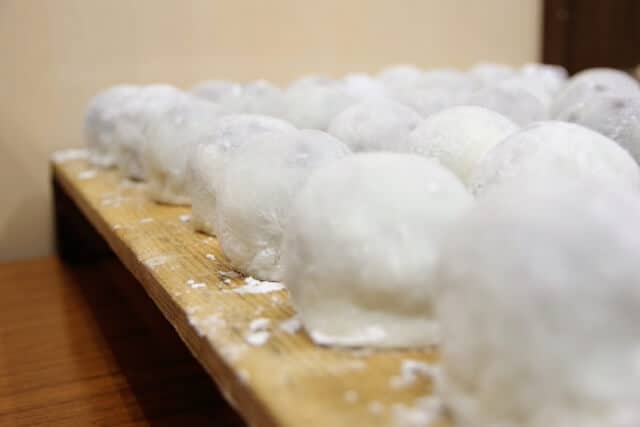
“Umezono Main Store” has a store near Kaminarimon in Asakusa. The shop sells Japanese sweets in addition to sweets shops, and it is a long-established store known to many people, so it is sure to be found in department stores. Subsequently, their menu is a simple but luxurious dish made by half-cooking mochi millet and serving steamed mochi and slowly cooked red bean paste in a bowl.
Omotesando Tea Room

The Japanese tea specialty cafe “Omotesando Tea Room” in the back alley offers about 30 types of Japanese tea carefully selected by the owner himself and therefore, the Japanese sweets and light meals go well with Japanese tea. The store’s interior, where natural light enters through large windows, has a simple and calm atmosphere. It seems that you can spend your time quietly. However, the drinks are only Japanese tea on the menu, and sweets and light meals are a set with the tea.
Takemura

“Takemura” has been operating a shop in Kanda Sudamachi since its establishment in 1973. The three-story wooden building, unique to Japan, has also been designated as a “Historical Building Selected by the Tokyo Metropolitan Government.” In addition, Shotaro Ikeba, known for his “Onihei Crimes Book,” favored this shop.
The popular products you can taste here in Takemura are Kuriao Zenzai, standard in winter, “Country Shiruko,” and “Age Manju.” “Awazenzai” is a millet topped with rich homemade strained bean paste and boiled red beans, which are mildly sweet.
Conclusion
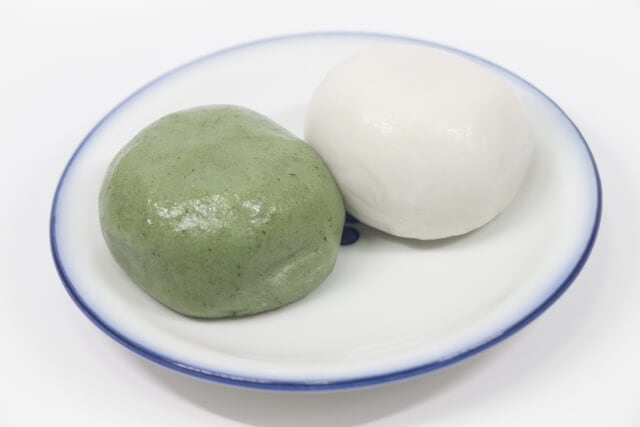
There are many different types of mochi around each region of Japan, such as Zunda Mochi from Miyagi and Warabi Mochi from Kansai. You can eat rice cakes at any time now, but it used to be something special, for example, during ceremonial occasions and services. Therefore, rice cakes were believed to contain gods and spirits and were considered divine food. Words like “strong” probably come from around here. On the other hand, there are various types of processed rice products, and the main ones are rice cakes, dumplings, snack liquors, seasoned sushi- processed rice noodles, and bread drinks (soft drinks). Each of them is closely related to Japanese life.


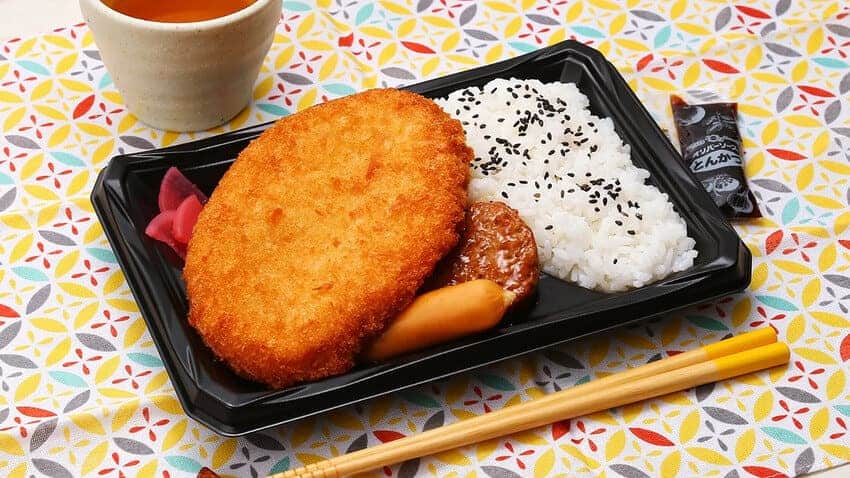



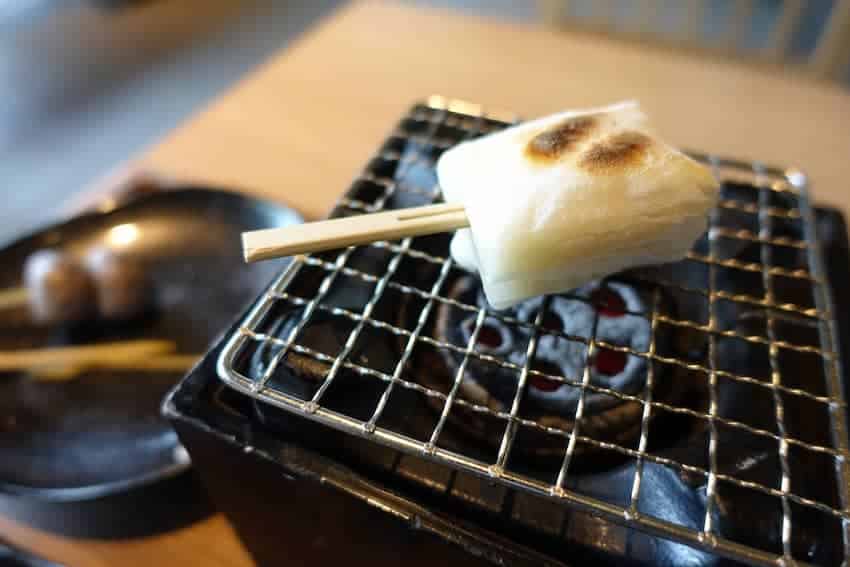
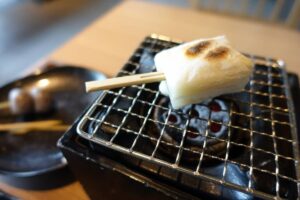
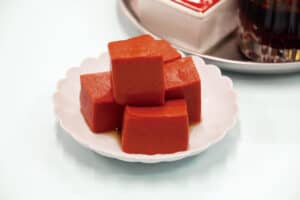
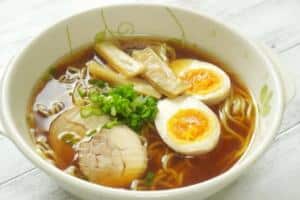
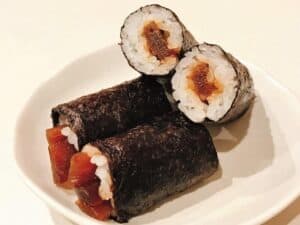
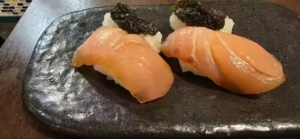
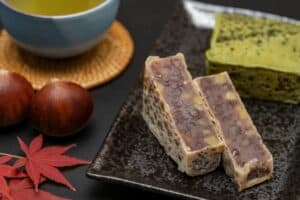
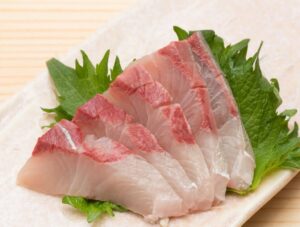
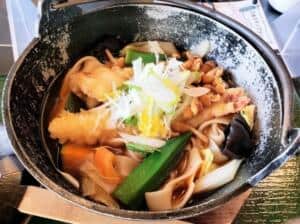
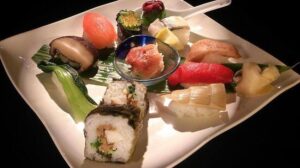
Comments